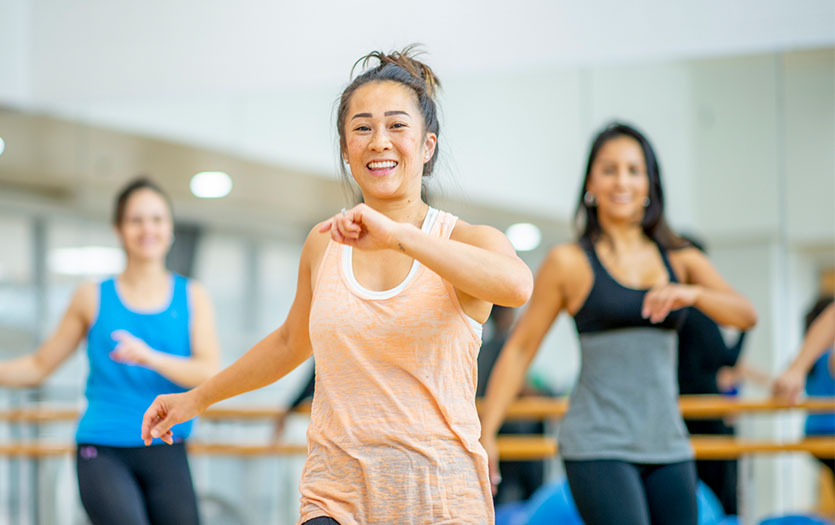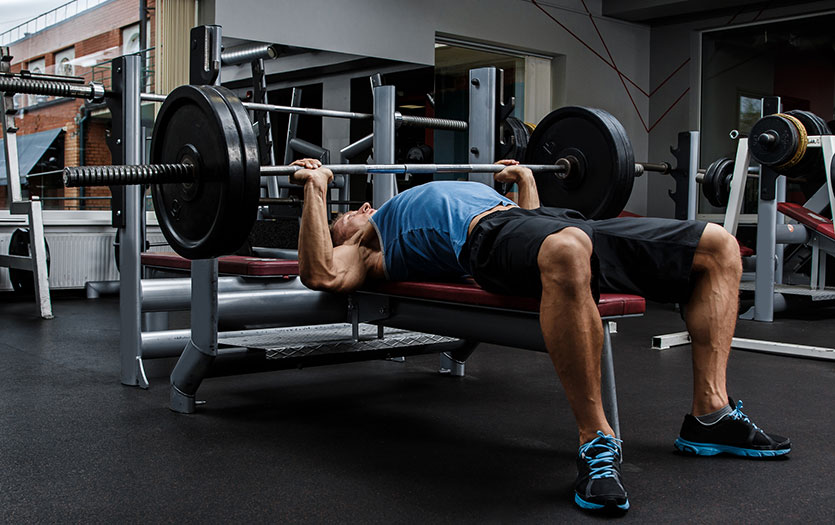
Kirsten Moravec, ACSM, EP, exercise specialist, Cardiac Rehab, Parkview Heart Institute, has some simple suggestions for incorporating movement into your routine to prevent hypertension.
High blood pressure, also called hypertension, is a leading risk factor for cardiovascular disease, kidney disease and stroke. Luckily, it’s also one of the most treatable conditions.
The mechanics of strengthening muscle
A very natural and easy way to lower your blood pressure is through a tactic that is free and even fun–regular exercise. Working out stresses the muscles in a positive way and makes them stronger. Your heart, which is also a muscle, is no different.
When you exercise, the heart must work harder to keep up with the demand for oxygen, so it beats faster and with more force. After exercise, when the muscle has been stressed, the muscle tissue becomes bigger and stronger to better equip itself for the next time. The stronger a heart is, the less it has to work to pump the same amount of blood through the vessels. If your heart can pump the same amount of blood in one beat with less force, then the force placed on the arteries lowers, causing a decrease in blood pressure.
Which type of exercise is best for the heart?
Avoiding hypertension and keeping your heart strong doesn’t require a gym membership or expensive equipment, though those things are great investments if they fit into your budget. The most important considerations are finding movement that fits into your lifestyle and is enjoyable enough that you will sustain it. Remember, you should always speak with your healthcare provider before beginning a new fitness plan.
For best results, there are two categories of exercise you should incorporate into your routine:
Aerobic activity
Aerobic exercise is defined as low-to-high intensity activity sustained for at least 20 to 30 minutes, two to three times a week, depending on your fitness level.
Choose an aerobic activity you enjoy, like biking, walking, swimming, dancing or even housework. Anything counts, as long as it keeps your body moving constantly for a given amount of time and elevates your heart rate.
Strength or resistance training
Resistance training exercises are designed to improve endurance and strength. A set of movements should be repeated at least twice a week, for 20 to 30 minutes, depending on your fitness level.
If you don’t have access to hand weights or dumbbells, don’t worry! You can see results just by using your bodyweight or simple household items, such as water jugs or cans of soup.
Simple strength exercises to try
Sit to stand
1. Sit in a chair, knees over ankles for stability. Try not to hang onto anything, but rather cross your arms across your chest, keep them at your sides on your hips.
2. Push your heels into the ground and stand.
3. Sit back down.
4. Repeat.
Lateral leg lifts
1. Use a chair for balance, if needed. Stand to the side of the chair.
2. Keep your toes pointed forward and lift the leg away from the chair out to the side, as high as you can.
3. Lower the leg back down.
4. Repeat.
Calf raises
1. Hold onto the back of a chair for balance, if needed. With toes pointed forward, stand up nice and tall.
2. Lift up onto your toes.
3. Slowly lower back down until your feet are flat on the ground.
4. Repeat.
Basic bicep curl
1. Safely pick up dumb bells, water bottles or soup cans.
2. Stand tall with your feet hip-width apart.
3. Put your elbows at your hips and keep there as you bring the weight up to your shoulders.
4. Lower weight back to your hips.
5. Repeat.
Hammer curl to push press
1. Safely pick up dumbbells, water bottles or soup cans.
2. Hold the weight at your sides, fingers facing inward.
3. Bring the weight up to your shoulders, then push up toward the ceiling, then back to your shoulders.
4. Bring the weight back to your sides.
5. Repeat.
Tricep kickback
1. Stand in a staggered stance and rest your corresponding hand on the front leg.
2. Safely pick up one weight in the other hand and lean forward slightly.
3. Pull the elbow with weight up and back, then extend the arm straight back, then back to a 90-degree angle.
4. Repeat.
Lateral fly
1. Safely pick up light weights and hold them at your side.
2. Raise the weight up to the sides to shoulder height and back down.
3. Repeat.
Reverse fly
1. Safely pick up weights and bend over to a 45- to 90-degree angle.
2. Keeping your eyes on the ground, bring your hands straight out to the side until flat with your back, then bring
them down.
3. Repeat.
Walk with weights
Carry light weights and take a stroll around the neighborhood or hop on the treadmill. Doing so, engages your core and arms more during aerobic movement, making it a great combo.
Keeping your heart muscle strong through regular aerobic and resistance training is an easy way to keep your blood pressure low and enjoy all of the other benefits that come with connecting with your body routinely as well.



